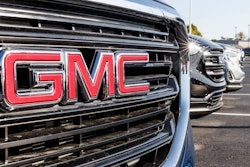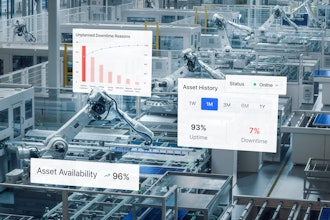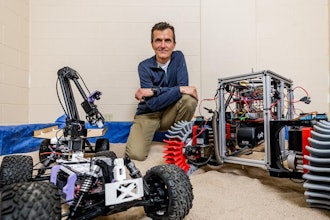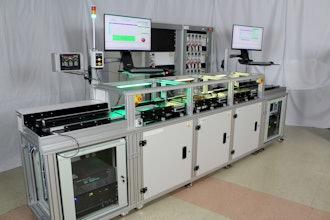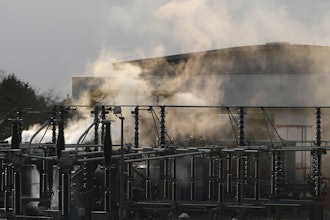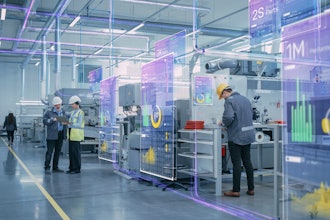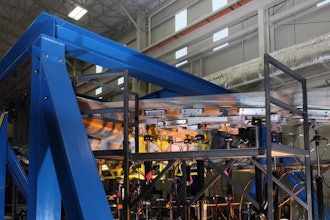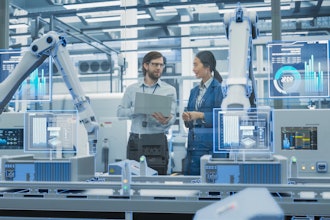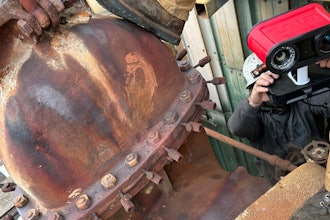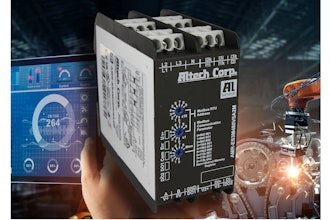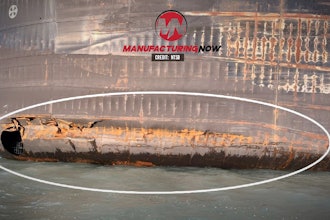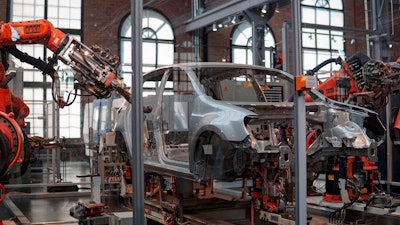
The idea behind lights out manufacturing is nothing new. First proposed in the 50s and trialed in the 80s, the dream of a factory working entirely with a robotic rather than human workforce is one that many manufacturers are increasingly realizing. However, any endeavor to build a factory that works on these principles runs into the issue of maintenance.
Although lights out manufacturers do not have to worry about employees ‘throwing a sickie,' they do have to be mindful of the need for robot repair or replacement. To reduce this need, ensure the high quality and performance of all components down to the battery.
Select the wrong battery and it could overheat, short-circuit, overcharge or run out of power. Without a human workforce on site to monitor this, the need for built-in safety features becomes critical.
Ultralife’s in-house team of electronical engineers integrate electronic protection circuitry and communication protocols that allow the robot, smart charger and battery to work together in a safe and controlled manner. Furthermore, all batteries are manufactured to ISO 9001 quality standards.
As many fully automated factories operate without heating or air conditioning equipment, the operating temperature range of the battery may also be a key consideration in battery selection, in addition to more general requirements like capacity, rate capability and cycle life.
All these attributes and more can be defined by speaking to an experienced battery manufacturer, like Ultralife, who manufacture bespoke robot battery and charger solutions.
Even with robots running on a high-quality battery, there will still be a need for humans to occasionally visit the factory to undertake routine repairs of the robots, although there can often be days or months between these visits. Therefore, there needs to be an accurate, readily available way for maintenance workers to access information about the service history of each robot.
One way of achieving this could be using a handheld scanner that reads a barcode or radio-frequency identification (RFID) tag attached to each robot or their workstations. As the scanners may be stored in the empty factory for long periods between uses, they need to have a battery that has a long cycle life, such as Ultralife’s Lithium-ion Soft Packs that can be used for more than 300 cycles.
Another consideration is the size of the scanners, which is why Accutronics (an Ultralife company) manufacture Lithium-ion batteries that are half the size of a standard credit card.
An alternative method that maintenance workers could use to diagnose a robot’s health is via a cart with a battery-powered computer, which has a compartment for storing any necessary tools for completing repair work. Ultralife has a long history of designing batteries for computer carts, including the URB12400-U1-SMB smart battery that has a 3-year or 2,000 cycle warranty.
In a post-COVID world, where lights out manufacturing is set to become more commonplace, reliable and long-lasting batteries are essential to keep robots running for days or months without supervision. Devices that maintenance workers need to complete repair work also need to be powered up and ready for use after long periods of dormancy.
Robert Brown is the marketing executive for Ultralife Corporation.







